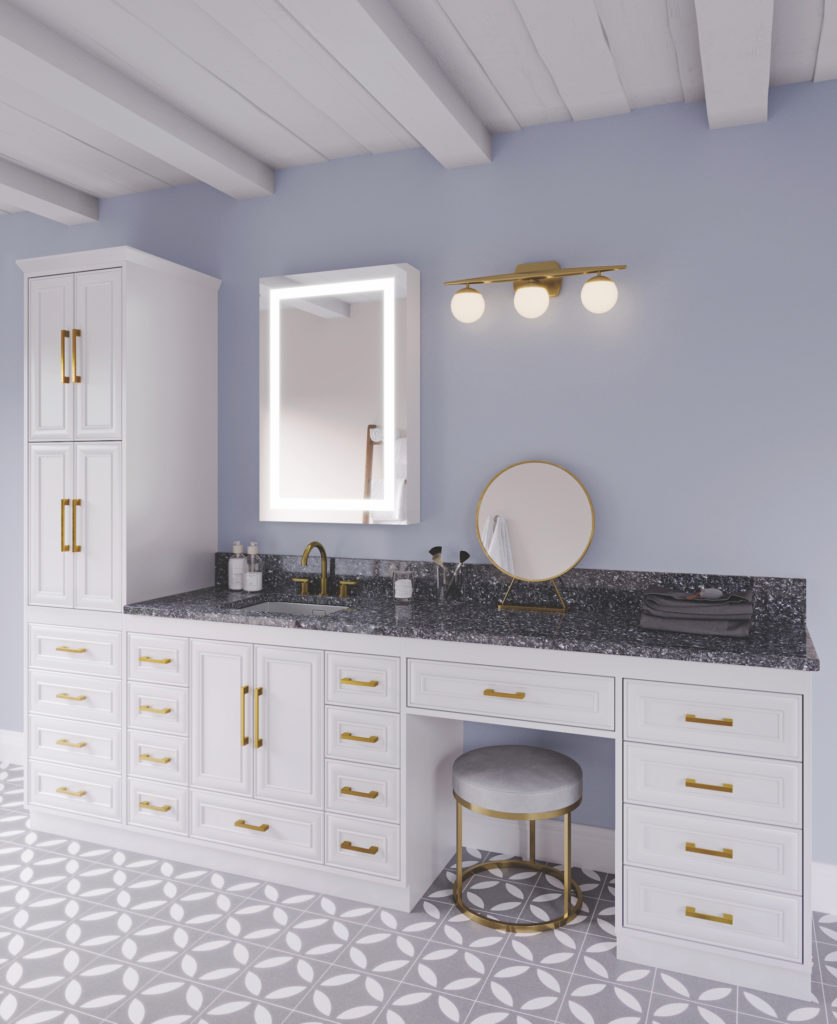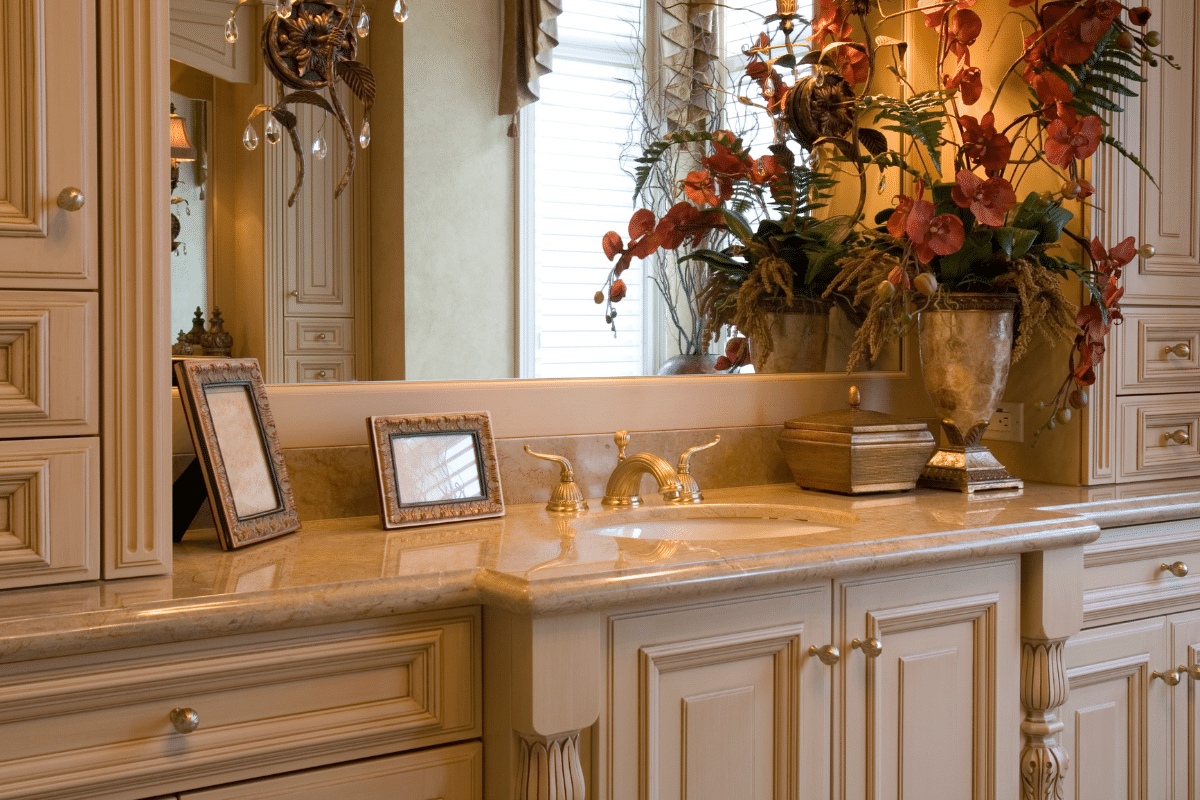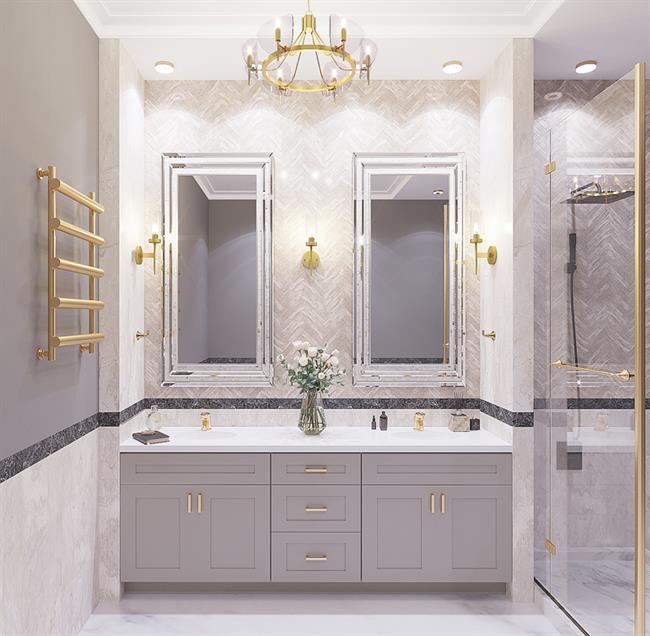The Art of Functionality: Exploring the Elegance and Utility of Vanity Cabinets
Related Articles: The Art of Functionality: Exploring the Elegance and Utility of Vanity Cabinets
Introduction
In this auspicious occasion, we are delighted to delve into the intriguing topic related to The Art of Functionality: Exploring the Elegance and Utility of Vanity Cabinets. Let’s weave interesting information and offer fresh perspectives to the readers.
Table of Content
The Art of Functionality: Exploring the Elegance and Utility of Vanity Cabinets

The bathroom, often considered a sanctuary of personal grooming and relaxation, demands a balance of aesthetics and practicality. This is where the vanity cabinet steps in, not just as a storage solution but as a statement piece that elevates the entire space. With a diverse range of styles, materials, and functionalities, the vanity cabinet has evolved beyond a simple storage unit to become an integral part of bathroom design.
Understanding the Essence of a Vanity Cabinet
A vanity cabinet, essentially, is a bathroom fixture that combines storage space with a countertop, typically accommodating a sink and mirror. Its purpose extends beyond simple storage, encompassing elements of functionality, aesthetics, and even organizational prowess. This multifaceted nature makes it a critical component of any bathroom, regardless of size or style.
The Evolution of Vanity Cabinets: From Functional to Fashionable
Historically, vanity cabinets were primarily utilitarian. They were designed to hold toiletries and conceal plumbing, prioritizing functionality over aesthetics. However, as bathroom design evolved, so did the vanity cabinet. Today, it is a statement piece, reflecting personal style and enhancing the overall bathroom ambiance.
The Importance of Choosing the Right Vanity Cabinet
Selecting the right vanity cabinet is crucial for several reasons:
- Functionality: The cabinet should provide ample storage for toiletries, towels, and other bathroom essentials, while also accommodating a sink and mirror comfortably.
- Aesthetics: The style, color, and material of the cabinet should complement the overall bathroom design, creating a cohesive and visually appealing space.
- Durability: The cabinet should be made from high-quality materials that can withstand the moisture and humidity of a bathroom environment.
- Space Optimization: The size and configuration of the cabinet should be carefully considered to maximize space utilization in the bathroom.
Key Factors to Consider When Choosing a Vanity Cabinet
- Size and Configuration: The size of the vanity cabinet should be proportionate to the bathroom space. Smaller bathrooms may benefit from compact cabinets, while larger bathrooms can accommodate larger vanity units with multiple drawers and cabinets.
- Style and Design: The style should align with the overall bathroom design. Traditional bathrooms often feature ornate cabinets with intricate details, while modern bathrooms may prefer sleek, minimalist designs.
- Material: Common vanity cabinet materials include wood, laminate, and stone. Wood offers warmth and durability, while laminate provides affordability and ease of maintenance. Stone, such as granite or marble, adds a touch of luxury and elegance.
- Countertop Material: The countertop should be durable and water-resistant. Popular options include granite, marble, quartz, and laminate.
- Sink Type: Vanity cabinets come with various sink options, including undermount, drop-in, and vessel sinks. The choice depends on personal preference and the overall design aesthetic.
- Storage Options: The cabinet should offer sufficient storage space for all bathroom essentials. Features like drawers, shelves, and cabinets provide versatile storage options.
- Hardware: The handles and knobs should complement the overall style of the cabinet and enhance its functionality.
Vanity Cabinets: A Symphony of Style and Functionality
The beauty of vanity cabinets lies in their ability to seamlessly blend functionality with aesthetics. They offer a solution for organizing bathroom essentials while simultaneously adding a touch of elegance and personality to the space.
Vanity Cabinets: A Versatile Design Element
Vanity cabinets are available in a myriad of styles, from traditional to contemporary, allowing homeowners to personalize their bathrooms and express their unique style. The versatility of these cabinets extends beyond their aesthetic appeal, encompassing various functionalities to cater to individual needs.
Vanity Cabinets: A Statement of Design
A well-chosen vanity cabinet can serve as a focal point in the bathroom, drawing attention and enhancing the overall design aesthetic. Whether it’s a classic wooden vanity with intricate carvings or a sleek, modern cabinet with minimalist lines, the vanity cabinet can elevate the bathroom from a utilitarian space to a haven of style and sophistication.
FAQs About Vanity Cabinets
Q: What are the different types of vanity cabinets available?
A: Vanity cabinets come in a wide range of styles, including traditional, contemporary, modern, and farmhouse. The style you choose should complement the overall bathroom design.
Q: What are the most common vanity cabinet materials?
A: Popular vanity cabinet materials include wood, laminate, and stone. Wood offers durability and warmth, laminate provides affordability and ease of maintenance, while stone adds a touch of luxury and elegance.
Q: How do I choose the right size vanity cabinet for my bathroom?
A: The size of the vanity cabinet should be proportionate to the bathroom space. Measure the available space and consider the size of the sink and mirror before making a decision.
Q: What are the different countertop options for vanity cabinets?
A: Common countertop materials include granite, marble, quartz, and laminate. Granite and marble offer durability and elegance, while quartz provides a non-porous surface, and laminate is an affordable option.
Q: How do I maintain a vanity cabinet?
A: Regular cleaning with a mild cleaner and a soft cloth is essential to maintain the appearance and functionality of the vanity cabinet. Avoid abrasive cleaners that can damage the finish.
Tips for Choosing and Maintaining a Vanity Cabinet
- Measure twice, cut once: Before purchasing a vanity cabinet, carefully measure the available space in your bathroom to ensure a perfect fit.
- Consider your lifestyle: If you have a large family or frequently entertain guests, choose a vanity cabinet with ample storage space.
- Prioritize durability: Opt for a vanity cabinet made from high-quality materials that can withstand the moisture and humidity of a bathroom environment.
- Don’t neglect the countertop: Choose a countertop material that is both durable and aesthetically pleasing.
- Pay attention to hardware: Handles and knobs should be functional and complement the overall style of the cabinet.
- Regular cleaning is key: Clean the vanity cabinet regularly with a mild cleaner and a soft cloth to prevent dirt and grime buildup.
Conclusion
The vanity cabinet, once a mere storage solution, has evolved into a design statement that defines the aesthetics and functionality of a bathroom. By carefully considering factors like size, style, material, and storage options, homeowners can select a vanity cabinet that not only enhances the beauty of their bathroom but also serves as a practical and versatile element for years to come. The art of functionality meets the elegance of design in the realm of vanity cabinets, transforming bathrooms into havens of both practicality and style.








Closure
Thus, we hope this article has provided valuable insights into The Art of Functionality: Exploring the Elegance and Utility of Vanity Cabinets. We appreciate your attention to our article. See you in our next article!